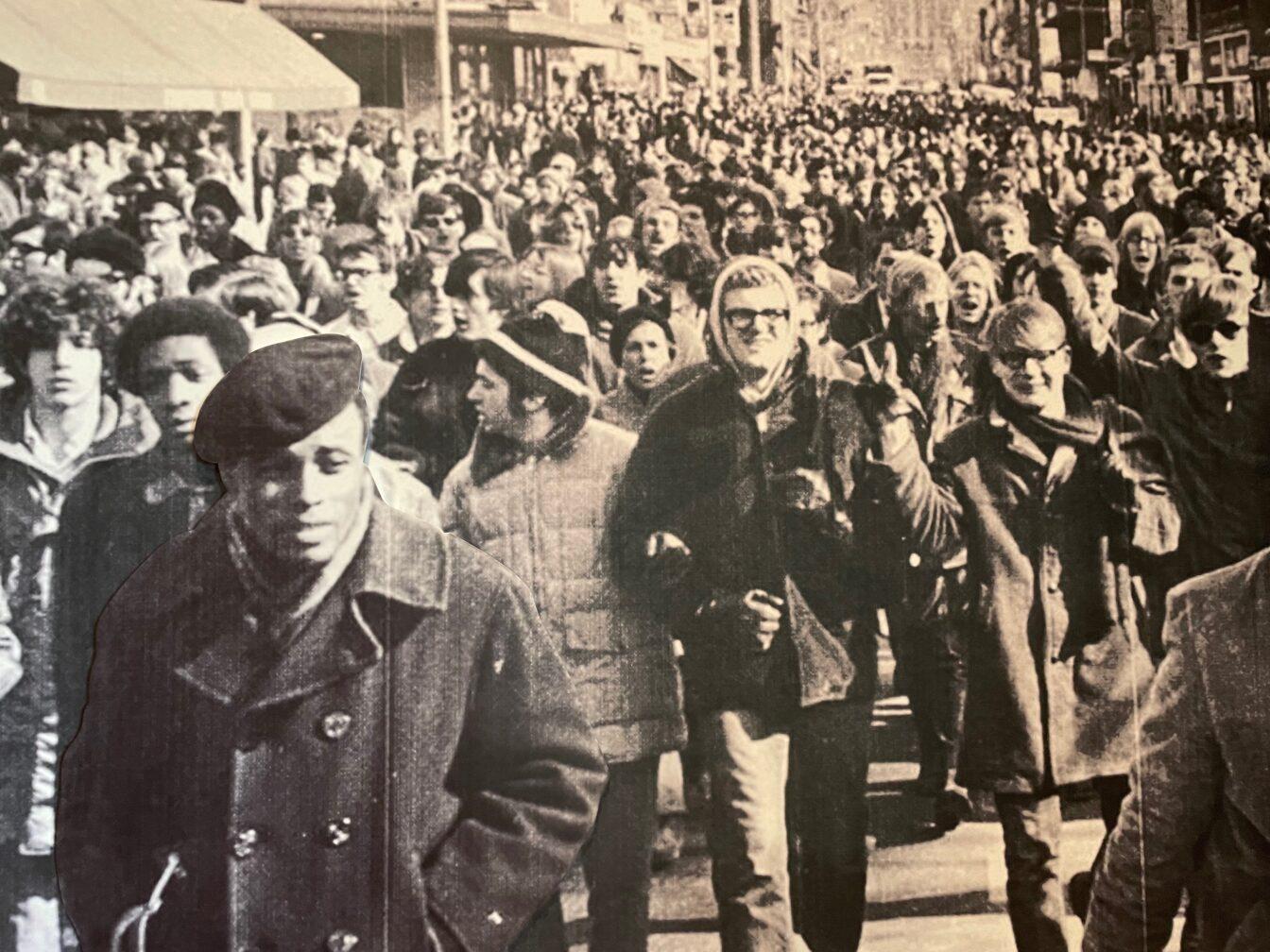UW-Madison’s Public History Project shed light on the university’s deep-seated history of exclusion and resistance with “Sifting & Reckoning”, a temporary exhibit that was housed in the Chazen Museum of Art for the duration of the Fall 2022 semester.
The collection of oral histories, archival materials, discussion prompts and interactive components presented by the project yielded considerable room for critical reflection and drew widespread attention to the ways in which structural racism, ableism, sexism and homophobia have manifested on campus through the years.
Given the overwhelmingly positive community response to “Sifting & Reckoning”, UW-Madison has recently announced plans to establish a permanent center — the Rebecca M. Blank Center for Campus History — to expand on the work of the Public History Project.
Grappling with the problematic, exclusionary past of campus systems and operations is important, as is accurately and wholly representing the histories of marginalized communities. The creation of this new space promises dedication to further reckoning with the past, but it is unclear whether any kind of action will emerge in response to the experiences and histories that are highlighted.
Sustained inquiry and engagement with the past can provide direction for recognizing mechanisms of privilege and oppression, and it can certainly garner a basis by which the student body, university and its community partners can mobilize to dismantle oppressive forces.
It is essential to recognize that the university’s history of exclusion is not one that has been retired to antiquity. “Sifting & Reckoning” may have served as a symbol of just how far UW-Madison has come, but it does not necessarily urge further change.
Given the ongoing struggle of many marginalized student populations on campus, it is difficult to view the opening of the Rebecca M. Blank Center for Campus History as anything beyond a feel-good bromidic stride. An uncovering of historical hatred and bigotry that is unaccompanied by actionable efforts for change is disappointing, yet unsurprising.
There is plenty to be said about the significance of holding a physical, permanent space on campus. Having a consistent home base lends itself to community building, allowing students to gather and find belonging. Space and resource allocation (and lack thereof) often reveal what this institution values most.
Wunk Sheek, an organization that serves Indigenous students and community members, has been displaced four times. MEChA de UW, a movement for Latiné students and community members, has also spent years negotiating with university officials to have a permanent space on campus following previous displacements and another potential forthcoming removal. Student disability activists on campus have been trying to secure a permanent and accessible home for a Disability Cultural Center for over a year.
Providing marginalized student groups with dedicated space grants visibility, empowerment, and connection– failing to meet those needs keeps underrepresented individuals pushed to the fringes. Instead of opening up room for student organizers, activists and community members who have tirelessly fought to justify how essential a permanent space is to their efforts, the university is unveiling a new space that does not explicitly respond to inequities beyond pointing out that they exist.
Why do we need a center that begs the question of “Where have we gone wrong?” and “How do we foster inclusivity on campus?” when there are organizations and movements that have long been organizing for change that are struggling to secure a place to call home on campus?
Without a clear mission statement or concretely expressed programmatic implementations, this newly-announced center comes across as mildly disingenuous. Simply acknowledging that discrimination has a stronghold on UW’s operative rhythm is not radical or revolutionary. The pretense of working toward equity without actually taking action and making waves is an insidious hazard that prevents progress.
Witnessing the success of “Sifting & Reckoning” gestures to this new center’s vast potential to illuminate history in a way that is both rousing and palatable for the general public. Visitors have walked away from this exhibit feeling enlightened and empowered. For some, visiting the Chazen this past semester may have been the first time they have realized just how disturbing the history of this university truly is.
We need something that transcends the purview of a gallery, and it would be encouraging to see the Rebecca M. Blank Center for Campus History used as a convening place for student groups, an opportunity for partnership with underrepresented communities in Madison, and an originator of research that informs university decisions such as resource allocation and curriculum development.
The past is not dead, nor is hatred. We should continue to examine the harm and bigotry that is so tightly knit into this institutional tapestry, but that must be coupled with active resistance so that we may begin to unravel the oppression that persists today.
Katie Sullivan (kbsullivan2@wisc.edu) is a sophomore studying health promotion and equity and linguistics.


